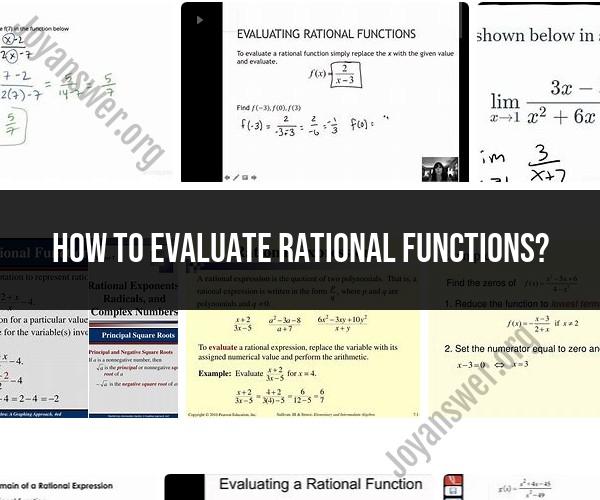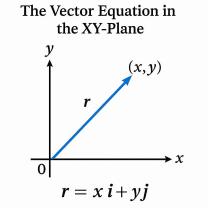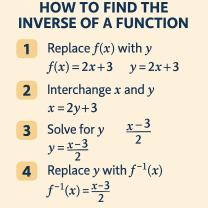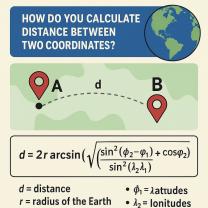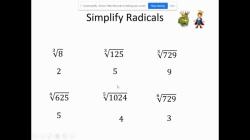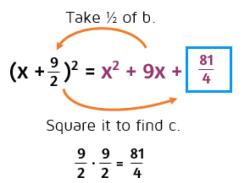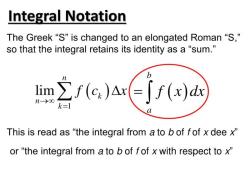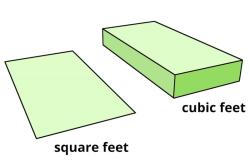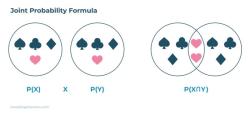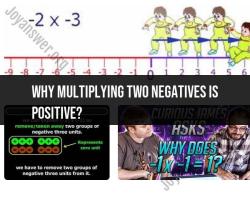How to evaluate rational functions?
Evaluating rational functions involves finding the value of the function for a specific input or variable. The process is relatively straightforward and can be broken down into the following steps:
Write Down the Rational Function:
- Start with the given rational function. A rational function is typically expressed as a fraction with a polynomial (or a combination of polynomials) in the numerator and denominator.
- The general form of a rational function is: , where and are polynomials in .
Identify the Input Value:
- Determine the value of for which you want to evaluate the rational function. This is the input or independent variable.
Substitute the Input Value:
- Replace in the rational function with the specific value you want to evaluate. This means replacing with the chosen number.
- Calculate the value of the expression. This will give you the value of the rational function for the chosen input.
Simplify If Necessary:
- After substituting the input value, simplify the expression if possible. This may involve simplifying fractions or performing arithmetic operations.
Interpret the Result:
- The result of your calculation is the value of the rational function for the given input. It represents the dependent variable's value (the output) when the independent variable (input) is equal to the specified value of .
Here's an example to illustrate the process:
Example: Evaluate the rational function when .
Solution:
- Start with the rational function: .
- Identify the input value: .
- Substitute the input value into the function:.
- Calculate the expression:..
- Simplify the result:.
So, when , the value of the rational function is .
Keep in mind that some rational functions may have restrictions on the domain (values of for which the function is defined), so be sure to consider any domain restrictions when evaluating rational functions. Additionally, you can use a calculator or software tool to simplify and evaluate complex rational expressions.
To evaluate a rational function, you can follow these steps:
- Check if the function is defined at the input value. Rational functions are undefined when the denominator is equal to 0.
- If the function is defined at the input value, substitute the input value into the function.
- Simplify the function. This may involve factoring the numerator and denominator, cancelling common factors, and/or dividing the numerator by the denominator.
Here are some examples of how to evaluate rational functions:
Example 1:
f(x) = (x + 1) / x
Evaluation:
f(2) = (2 + 1) / 2
f(2) = 3 / 2
Example 2:
f(x) = (x^2 - 1) / (x - 1)
Evaluation:
f(2) = (2^2 - 1) / (2 - 1)
f(2) = 3 / 1
f(2) = 3
Example 3:
f(x) = (x^2 + 5x + 6) / (x + 1)
Evaluation:
f(2) = (2^2 + 5 * 2 + 6) / (2 + 1)
f(2) = 19 / 3
When evaluating rational functions, it is important to be careful with the order of operations. For example, in the last example, we must evaluate the numerator and denominator separately before dividing.
Here are some tips for evaluating rational functions:
- Check the denominator for 0. Rational functions are undefined when the denominator is equal to 0.
- Simplify the function before evaluating it. This will make the evaluation process easier and less error-prone.
- Be careful with the order of operations. When evaluating rational functions, it is important to evaluate the numerator and denominator separately before dividing.
